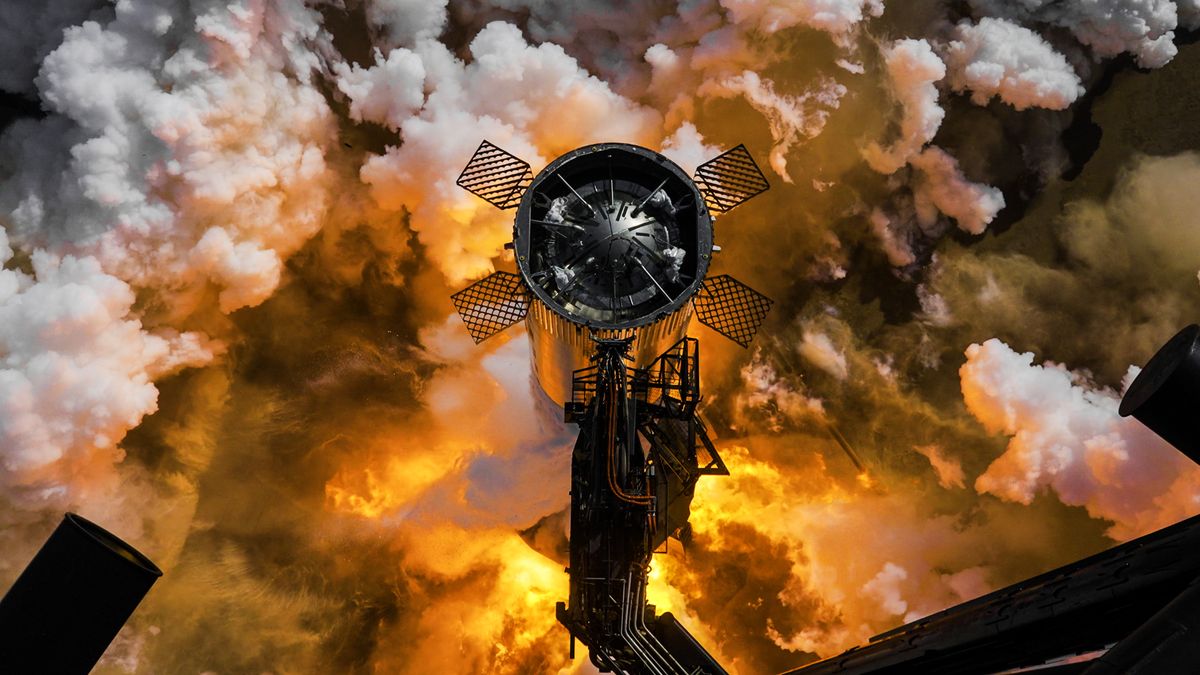
As SpaceX gears up for its eighth Starship launch, preparations are in full swing at the company’s Starbase facility in Texas. The team is currently conducting final preflight tests on the two essential components of the megarocket: the Super Heavy booster and the second stage, known simply as “Ship.”
Recently, SpaceX successfully performed static fire tests on both boosters designated for the upcoming integrated test flight (IFT-8). Over the weekend, all 33 Raptor engines of the 233-foot (71-meter) Super Heavy booster were ignited during a simulation of the vehicle’s launch. SpaceX shared updates on social media, including stunning photos from the static fire test on February 9th.
The next phase involves preparing both the Ship and Super Heavy components for stacking as they approach the launchpad.
A couple of days later, on February 11th, SpaceX conducted an engine test for the Ship, which is situated just a few miles from the Super Heavy booster’s testing ground. This test was more dynamic and lasted longer than the previous static fire of the booster. SpaceX revealed that the engines were subjected to various thrust levels to simulate the conditions expected during flight.
The test flights for Starship have become increasingly sophisticated, reflecting the advancements SpaceX has made with each version of the vehicle. Recently, the company announced that Ship will soon be transported to the launchpad where it will be paired with the Super Heavy booster, creating a monumental stack that reaches an impressive height of 403 feet (123 meters)—taller than the Statue of Liberty.
The previous test flight, IFT-7, which occurred on January 16th, yielded mixed results. While earlier missions successfully achieved splashdowns for Ship and flawless returns for Super Heavy boosters to the Starbase pad, IFT-7 saw a notable booster catch. Unfortunately, SpaceX lost communication with Ship approximately 8.5 minutes into the flight, which ended with the structure disintegrating in the atmosphere over the Caribbean. The team is hopeful for better outcomes during the upcoming IFT-8 test.
IFT-8 is expected to launch as early as the end of February, pending approval from the Federal Aviation Administration (FAA), which is essential for securing the necessary launch license.
This upcoming launch will be the second Starship flight of 2025, placing SpaceX slightly behind the ambitious goal of executing 25 launches this year.
It’s essential to note that these are continuing test flights for the colossal rocket, as SpaceX faces increased scrutiny as mission timelines draw nearer. Notably, NASA’s Artemis 3 mission, set for 2027, plans to utilize Starship for landing astronauts on the lunar surface.









